Fujifilm Fujinon XC 15-45 mm f/3.5-5.6 OIS PZ
3. Build quality and image stabilization
In the photo below the Fujinon XC 15–45 mm f/3.5–5.6 OIS PZ is positioned next to the Sigma C 30 mm f/1.4 DN DC offered in Sony E and Mikro 4/3 mount versions.
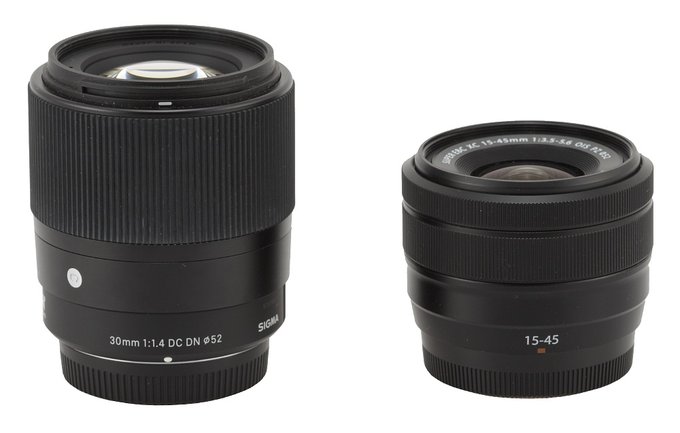 |
Please Support UsIf you enjoy our reviews and articles, and you want us to continue our work please, support our website by donating through PayPal. The funds are going to be used for paying our editorial team, renting servers, and equipping our testing studio; only that way we will be able to continue providing you interesting content for free. |
- - - - - - - - - - - - - - - - - - - - - - - - - - - - - - - - - - - - - - - - - - - - - - - -
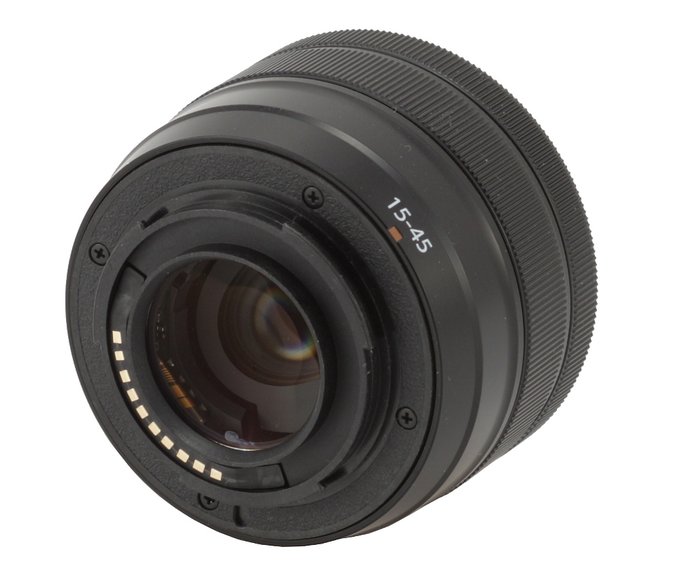 |
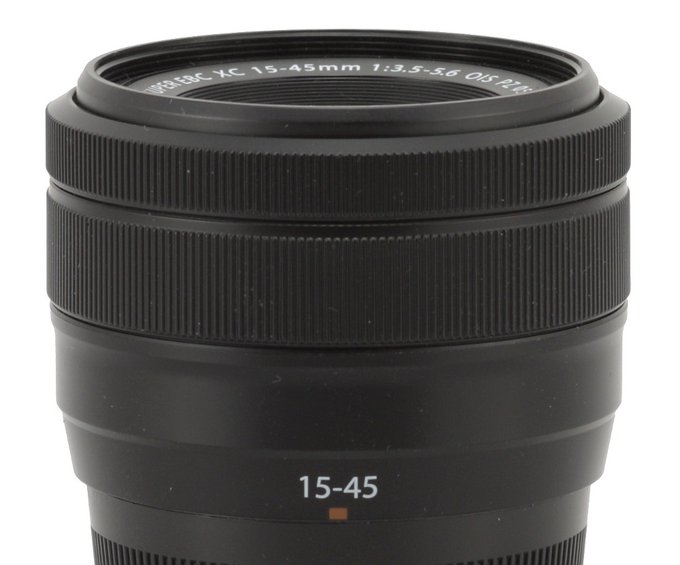 |
I don’t know how Fuji engineers come up with such ideas but it’s definitely not the first time when I have to deal with the results. All Fuji bodies I’ve used so far disregarded manual focusing in the same fashion. You can set that focus as you wish, take a photo and then, when you want to see a preview and e.g. enlarge a fragment of your frame, the lens, for reasons unknown, changes the position of elements and you can kiss goodbye your carefully –chosen settings.
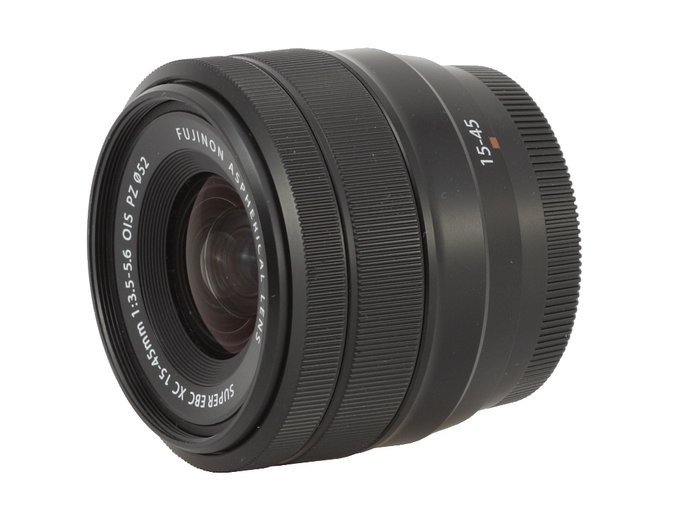 |
Further on you see a ribbed manual focus ring, 8 mm wide, without any markings. It is a construction based on servomechanisms, turning with little resistance; we found its performance beyond reproach.
The front element is 28 mm in diameter, surrounded by an inscription with the name and parameters of the lens and a non-rotating filter thread, 52 mm in diameter. In the folded position the element is situated on the same level as the focus ring. When you switch the camera on the front element extends on a uniform, plastic tube and it becomes 2 cm longer. That tube sticks out from the lens the most for extreme focal length positions.
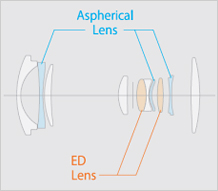
When it comes to optical construction you deal here with 10 elements positioned in 9 groups. There are as many as three aspherical elements among them and two are made of low dispersion ED glass. Inside you can also find an aperture with seven diaphragm blades which can be closed down to f/22 at the maximum no matter what focal length you employ.
Buyers get just two caps in the box.
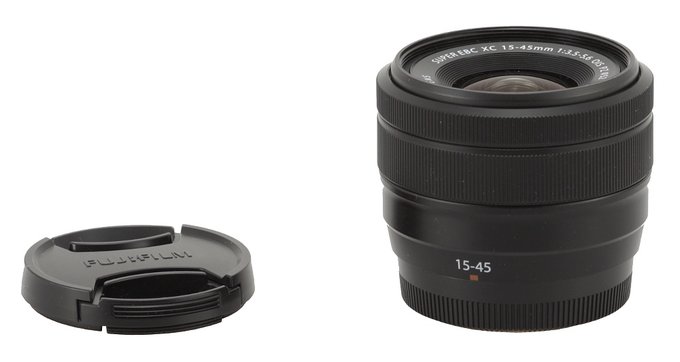 |
Optical stabilization
Producers declare that the optical stabilization mechanism of the Fujinon 15-45 mm is as efficient as 3 EV stops. Of course we wanted to check that claim. In order to do so at the 45 mm focal length we took several dozen photos with shutter speeds ranging from 1/80 to 1/2 of a second and the stabilization switched on and off. Then we calculated the percentage of blurred photos at every speed and presented the results as exposure time function graph, expressed in EV (with 0 EV being the equivalent of 1/60 of a second), which can be found below.
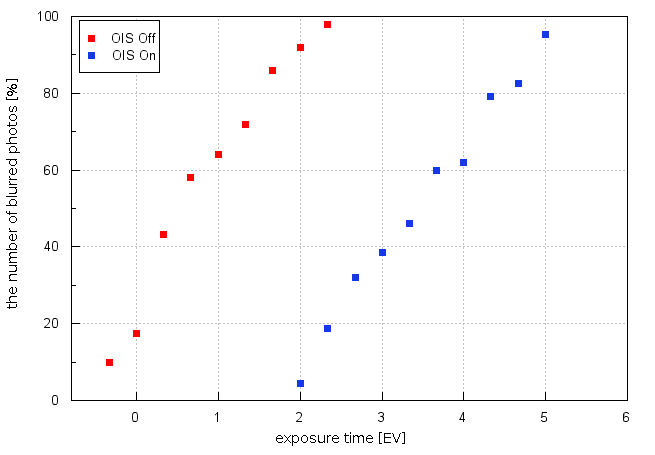
The maximum distance between two curves determines the efficiency of the stabilization mechanism and in this case it amounts to 2.7-3.0 EV, being, within the margin of error, in accordance with the official declarations of the producer. It is also a very sensible result for a simple kit lens.






